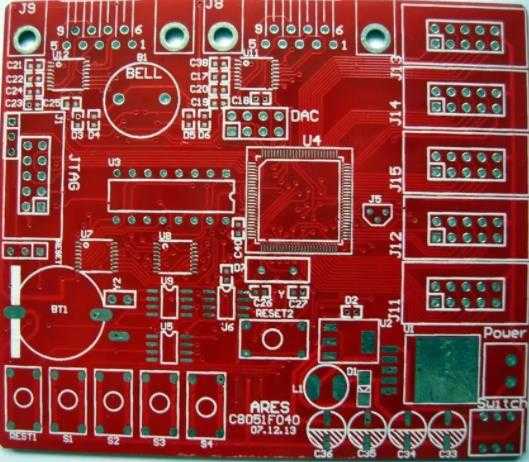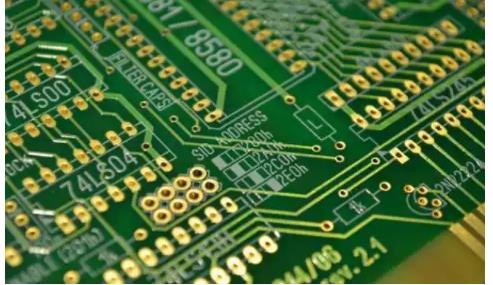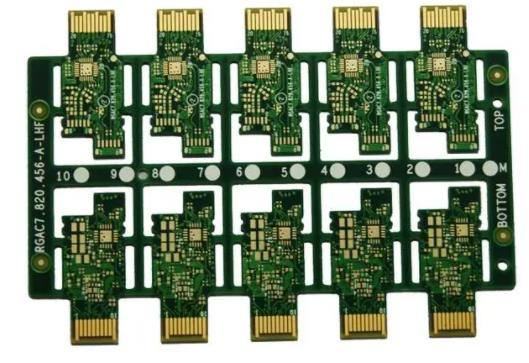
Understanding the basic principles of power supply design in circuit board design
Similarly, understanding the basis of power supply design is essential to avoid failures and ensure that high-speed microcontrollers, memory chips and logic ICs meet design expectations. In this article, we will explore the fundamentals of power design to provide you with the knowledge you need to ensure the reliable performance of electronic circuits.
Why is it important to set the power design basis correctly?
The basis of power supply design is critical to the reliability and stability of the load
This power supply is not as exciting as the powerful 32-bit microcontroller and other high-end ICs. However, if it does not follow the basic principles, you will face all kinds of rude accidents. For example, a power supply that cannot provide a stable voltage will cause the microcontroller to enter the power down reset state. This will cause the operation of the microcontroller to be interrupted, because as long as the voltage falls below the power down threshold, it will always remain in the reset state. Circuit board processing, circuit board design, and Circuit board assembly factory explain circuit board design, understand the basic principles of power design, and the basis of power design.
Switching power supply is commonly used in electronics. It has a PWM controller that turns the voltage on and off to provide the required voltage level. If the noise of high-speed switch is not filtered correctly, the load circuit may be affected.

If you do not correctly understand the basics of power design, you may also encounter problems that affect the performance of the power supply itself. Failure to address thermal management of the power supply may cause overheating. If the transient protection is ignored, it will lead to surge damage. To prevent these problems, let's first review the basic components of the power supply.
Key components of power supply
When designing power supplies, you often encounter the following components.
Transformers
Transformer A is used for isolating power supply. It reduces the main AC voltage to a lower value and feeds it into the rectifier circuit. When designing isolated power supply, it is very important to select a transformer with correct turn ratio and rated current.
Bridge rectifier
You will need a bridge rectifier to convert AC voltage to DC voltage.
PWM controller
If you use switch mode power supply, you need to include a PWM controller in the design. The PWM controller is connected to the power MOSFET, which acts as a switch operating at a specific duty cycle. PWM controllers can be used for buck, boost, or buck boost power configurations. circuit board processing, circuit board design, and circuit board assembly factory explain circuit board design, understand the basic principles of power design, and the basis of power design.
The power supply of PWM drive is more efficient and generates less heat. The output of MOSFET is a series of high-frequency DC pulses, which are smoothed by LC filter. LC filter is also used as a low-pass filter to prevent high-frequency noise from spreading to the load circuit.
Mitigate challenges in power design
Radiators help dissipate heat from power MOSFETs
Whether you are designing a linear power supply or a switching power supply, thermal management is important. Although the latter does generate less heat, it is still important to ensure effective heat dissipation. Heat sink holes and fins are usually used to dissipate heat from power MOSFETs.
It is also a challenge to ensure that switching power supplies generate the minimum switching noise. In addition to selecting the appropriate cut-off value of the LC filter, it is also important to reduce the parasitic inductance of the connecting line. This can be achieved by making the routing as short as possible.
The power supply must be designed with the rated current for reliable operation. An important aspect you need to pay attention to is the routing width. The trace width must be large enough to handle the maximum current without degradation. The circuit board processing factory explains the basic principle of circuit board design and the basis of power supply design.






